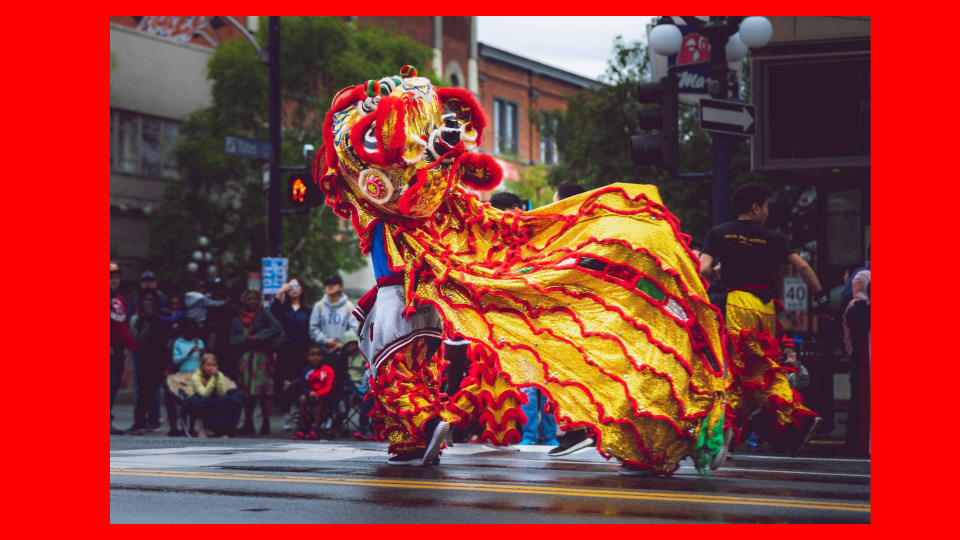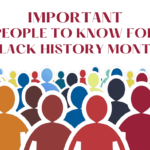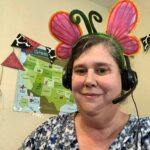For the last few years, I have been teaching students in China to speak English. As a result, I have learned more about their culture. One of the most important celebrations is the New Year. We often call it the Chinese New Year, but the Lunar New Year is more accurate as it is celebrated in more places than just China. Also, many people in mainland China call this celebration Spring Festival as it celebrates the end of winter and the coming of spring.
One of the questions I have always had was how could the Chinese celebrate the New Year at a different time than we do. Let me explain. Here in the United States (and much of the world), we base our calendar on how many days it takes Earth to rotate around the sun. We call this the Solar Calendar or the Gregorian Calendar. Our year is 365 days long (with an extra day every four years on our leap year). The traditional Chinese calendar (and several other Asian countries) follows the lunar cycle. Their new year starts at the end of every 12 lunar cycles (which is just about every 354 days). To keep the calendars more or less the same, the people who use a lunar cycle add a month on occasion to keep it similar (more or less like our extra day in February on leap year). So, most of China functions using the same calendar as we do, but their holidays are based upon the traditional lunar calendars. This means the “date” on our calendar will not be the same each year. Most often the Chinese or Lunar New Year falls in either January or February. Also, each year is dedicated to a specific animal of the Chinese zodiac. 2020 was the year of the rat, and 2021 is the year of the ox. You will see these animals in the decorations.
Spring Festival or the Lunar New Year celebration lasts a full 15 days. During these days is one of the few times that most Chinese get a full 7-day vacation. Parents do not have to report to work and students get a break from their studies. Therefore, many families travel during this time. These are some of the busiest travel days of the year in China. There are specific traditions for each day of the holiday, but I am just going to cover some of them.
On the first day of the festival, the family will typically get together for a huge feast. Often, the meal will include fish and dumplings among other things as they are considered good luck. The family will typically dress and decorate the house in red to bring luck to the family. There is a national celebration broadcast on TV (it holds many records as the most-watched event) that ends with fireworks at midnight.
Throughout the celebration, there are lion dances or dragon dances. These are huge parades with a costume worn by a team of people representing a dragon or a lion. They often “feed” the animals hongbao (I’ll tell you more about this is in just a minute) for good luck. Fireworks are used throughout the festival to scare off the monsters.
Hongbao is another tradition during the Chinese New Year celebration. Hongbao means red envelopes. These envelopes are usually filled with money (even amounts are preferred) and given to unmarried members of the family – especially the children. Now, Hongbao are even available virtually to send lucky envelopes to your friends and family that live far away.
The final day of the celebration is the lantern festival. During this day, everything is decorated with beautiful lanterns and candles. This is a great way to end the celebration.
The main values celebrated in the Lunar New Year are good luck, happiness, and health. Of course, there are many traditions (such as eating dumplings, wearing red, and shooting fireworks) that are thought to either bring good things to the family or keep bad things away. This is a time when families gather. Many families will return to their hometown during this vacation and spend time with the extended family.
For more information click here.





